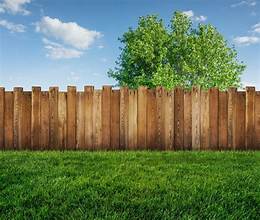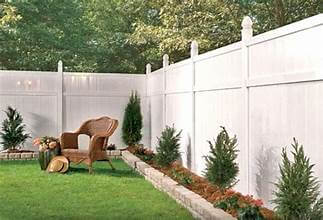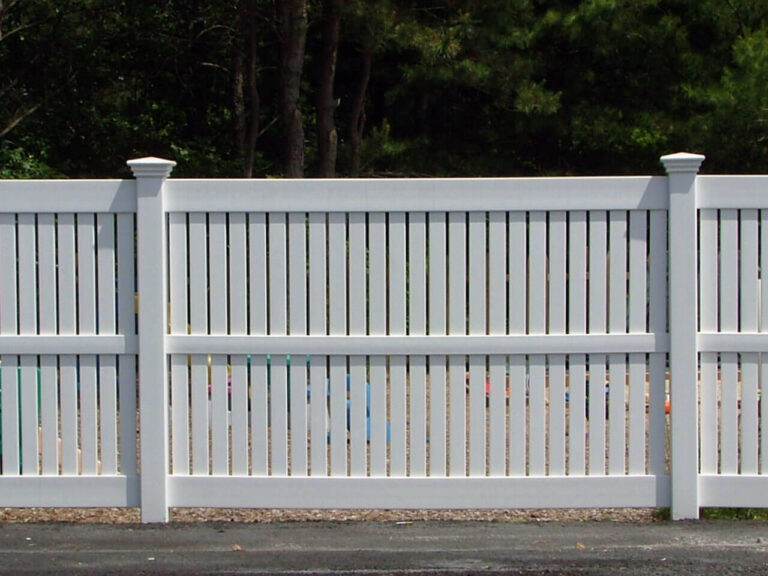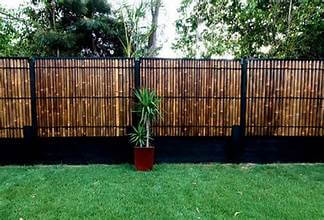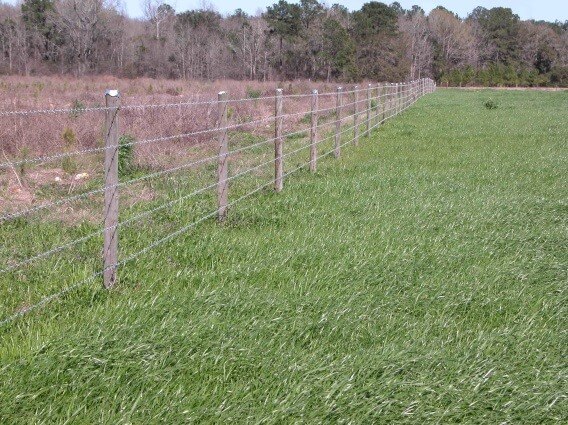The cost of different fencing materials varies based on factors such as material type and installation. It’s important to consider the long-term maintenance and durability of each material when determining the overall cost.
Choosing the right fencing material involves analyzing various aspects such as initial cost, maintenance requirements, and lifespan.
Factors like weather resistance, installation complexity, and aesthetic appeal also influence the overall cost.
It’s essential to weigh these considerations carefully to make an informed decision that aligns with your budget and long-term goals.
This article will provide a comprehensive overview of the cost analysis for different fencing materials, helping you make a well-informed choice for your property.

Factors Affecting Fencing Material Costs
Natural Vs. Man-made Materials
When considering the cost of fencing materials, one key factor to weigh is whether to go for natural or man-made materials.
Natural materials such as wood tend to be more affordable initially, but they may require more maintenance over time, which can increase the overall cost.
On the other hand, man-made materials like vinyl may have a higher upfront cost but require less maintenance, resulting in lower long-term expenses.
Maintenance And Longevity
However, it’s essential to consider not just the material but also the installation’s quality.
To ensure your fence is not only aesthetically pleasing but also durable and cost-effective, Elevate Your Security: Request a Quote from experts like those at San Mateo Fencing.
In contrast, materials like aluminum or vinyl are virtually maintenance-free, making them more cost-effective in the long run, despite their higher upfront cost.
Geographic Location Impact
In determining the cost of fencing materials, geographic location plays a crucial role.
Factors such as the local climate, soil conditions, and exposure to elements can influence the durability of fencing materials.
For instance, cedar fencing may be more prone to decay in moist climates, which could offset its initial cost advantage.
Understanding the impact of geographic location can help in choosing materials that are cost-effective in the long term.
Comparison Of Popular Fencing Materials
Explore the cost of various fencing materials to make an informed decision.
Compare popular options like wood, vinyl, aluminum, and chain link to understand the price differences and benefits of each.
Understanding the cost of different fencing materials will help you choose the most suitable option for your needs.
Wood
Wood fencing typically has a moderate initial cost, which includes the expense of materials and labor for installation.
The specific cost can vary based on the type of wood chosen and the complexity of the installation.
While wood fencing can provide a natural and rustic aesthetic, it requires regular maintenance, such as staining or painting, to prolong its lifespan.
Over time, maintenance and repair costs for wood fencing can accumulate significantly due to issues like rot, warping, and insect damage.
Vinyl
Vinyl fencing typically demands a higher initial investment compared to wood.
This includes the cost of materials and professional installation, which may involve specialized techniques.
Vinyl fencing is renowned for its durability and low maintenance.
While it may require occasional cleaning, it generally does not necessitate the same level of ongoing maintenance as wood. This can result in fewer long-term expenses.
Chain-link
Chain-link fencing is often the most budget-friendly option for initial investment and installation. The simplicity of its design contributes to cost savings in both materials and labor.
Despite its affordable initial cost, chain-link fencing may incur long-term expenses due to the need for occasional repairs.
Factors such as rusting and damage from external forces could lead to replacement costs over time.
Frequently Asked Questions
What Are The Most Durable Fencing Materials?
For long-lasting durability, consider wrought iron, vinyl, or aluminum fencing materials.
What Factors Affect The Cost Of Fencing Materials?
The cost of fencing materials is influenced by material type, height, length, and installation complexity.
Is A Wooden Fence A Cost-effective Option?
Wooden fencing can be cost-effective initially, but maintenance costs may accumulate over time.
Conclusion
To sum up, understanding the cost of different fencing materials is crucial for making an informed decision.
Each option presents unique advantages and drawbacks, impacting both the aesthetic and financial aspects.
By considering factors such as material durability, maintenance, and installation costs, homeowners can select a fencing solution that meets their specific needs and budget.

